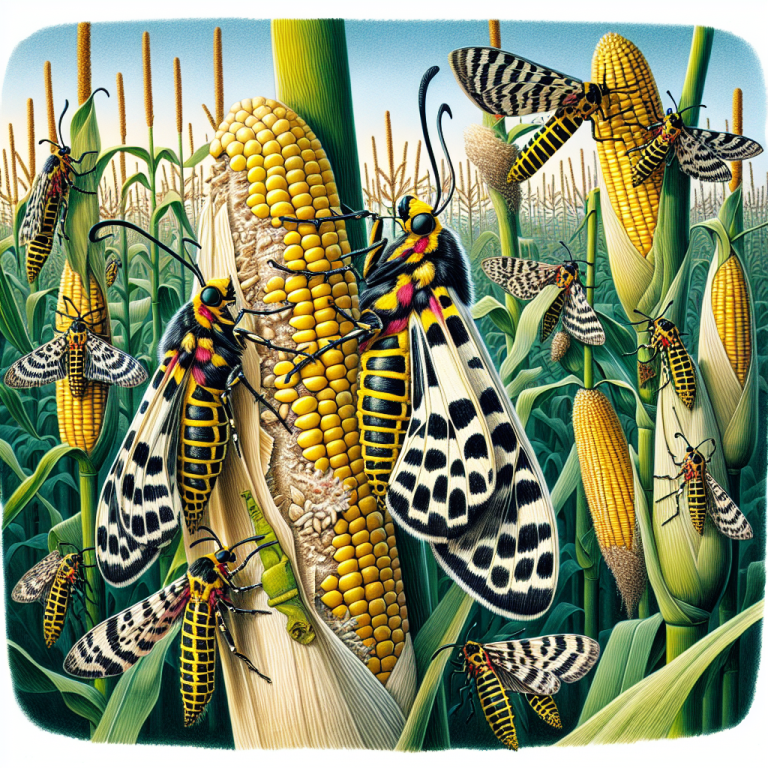Tomato Pinworm
The Tiny Terror: Introducing the Colorado Potato Beetle
(Insert captivating image here: A close-up shot of several Colorado Potato Beetles, brightly colored, feasting on a wilted potato plant leaf showing significant damage – holes and defoliation.)
The Colorado Potato Beetle – a seemingly innocuous striped insect – is a farmer’s nightmare. This voracious pest specializes in decimating potato crops (and other nightshades), stripping leaves to skeletons in a matter of days. Its lifecycle, from egg to adult, is a relentless cycle of destruction. Adult beetles overwinter in the soil, emerging in spring to lay hundreds of bright orange eggs on the underside of potato leaves. These eggs hatch into larvae that rapidly devour foliage, growing into adults ready to repeat the process. The resulting loss of leaves severely impacts potato yields, leading to significant economic losses. Want to learn how to identify this pest and protect your precious potato plants? Read on for comprehensive information on prevention strategies, organic controls, and targeted insecticide options – because the fight against this tiny terror requires a proactive approach!



